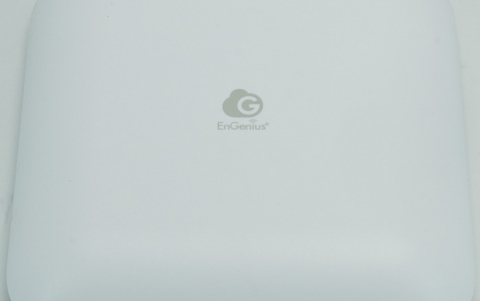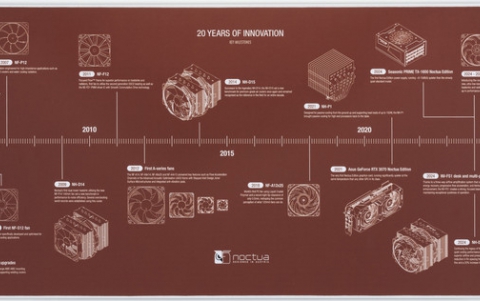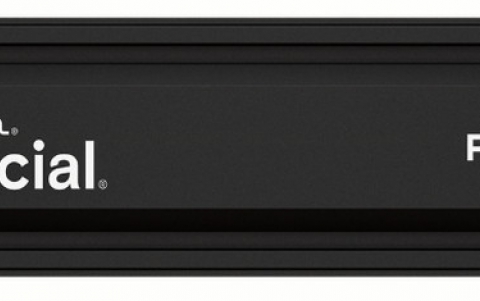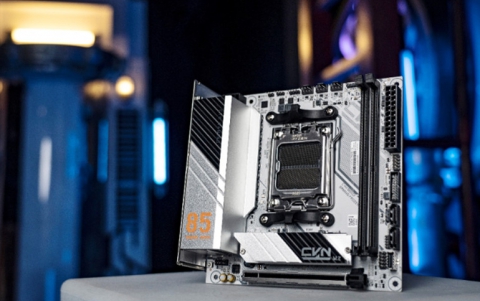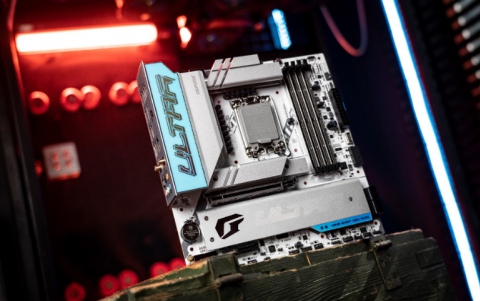SONY BW-RU101 PDD
3. Design
SONY BW-RU101 PDD - Page 3
- Design of the Drive
Dustproof design
As we all know, dust is the principal enemy of optical discs. This is why the BW-F101 internal drive has been designed to be completely airtight; dust is prevented from entering the case via either the mounting screw holes or the space between the top and bottom covers.

(Courtesy of SONY)
The main entry point for dust is the shutter, but a dual-shutter mechanism has been adopted to ensure an airtight enclosure even with the media inside the drive. In addition, this drive is maintenance-free: an internal brush mechanism ensures periodic, automatic cleaning of the pickup lens to achieve the highest level of reliability.
Automatic CAV/CLV selection
“Professional Disc for DATA” drives support both CAV (constant angular velocity) and CLV (constant linear velocity) transfer modes when reading and writing data. In CAV mode the disc rotates at a constant speed, meaning that the transfer rate slows as the pickup approaches the center of the disc, but seek operations are fast (110ms average). In CLV mode the speed of the pickup is constant, so although seek operations take longer, the maximum transfer rate of 11MB/s is maintained at all times. The drive firmware automatically selects the Optimum mode to ensure the best overall performance. For example, if accessing a series of relatively small text files, CAV is used for fast seek times, but when reading large music or video files, CLV is employed to ensure the maximum transfer rate. The factory setting ensures that the drive automatically selects the optimum transfer mode. But if necessary the user can select the transfer mode: DIP switches allow selection of either CAV or Optimum mode, while any one of the three modes (CAV, CLV or Optimum) can be specified by a mode select command.

(Courtesy of SONY)
High-capacity cache
The drive is equipped with a 16MB cache, much larger than the 2MB cache of DVD-RW drives or even the 8MB cache of MO drives. This effectively reduces the load on the CPU when writing to the disc and improves performance when accessing data, thanks to its enhanced capacity to read ahead. Error recovery is also improved: the large cache minimizes any impact on performance.
Low power consumption
When there is no disc access for a certain length of time, the drive starts shutting down components and circuits to save power. This follows a phased schedule (see table below) that parks the optical pickup (OP), engages idle mode, cuts spindle power and eventually switches off the cooling fan. Power consumption is cut by approximately 50%, but there is more to it than that: in fan-off mode the drive produces less heat and attracts less dust since there are no moving parts. The duration of each phase in the sleep sequence can be adjusted using mode select commands to tailor performance for different applications.

(Courtesy of SONY)









